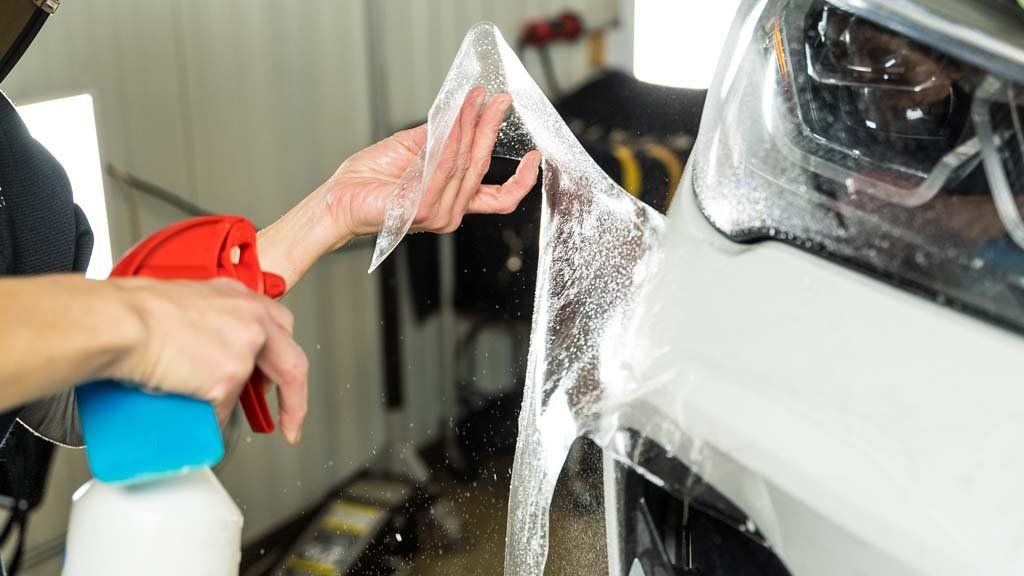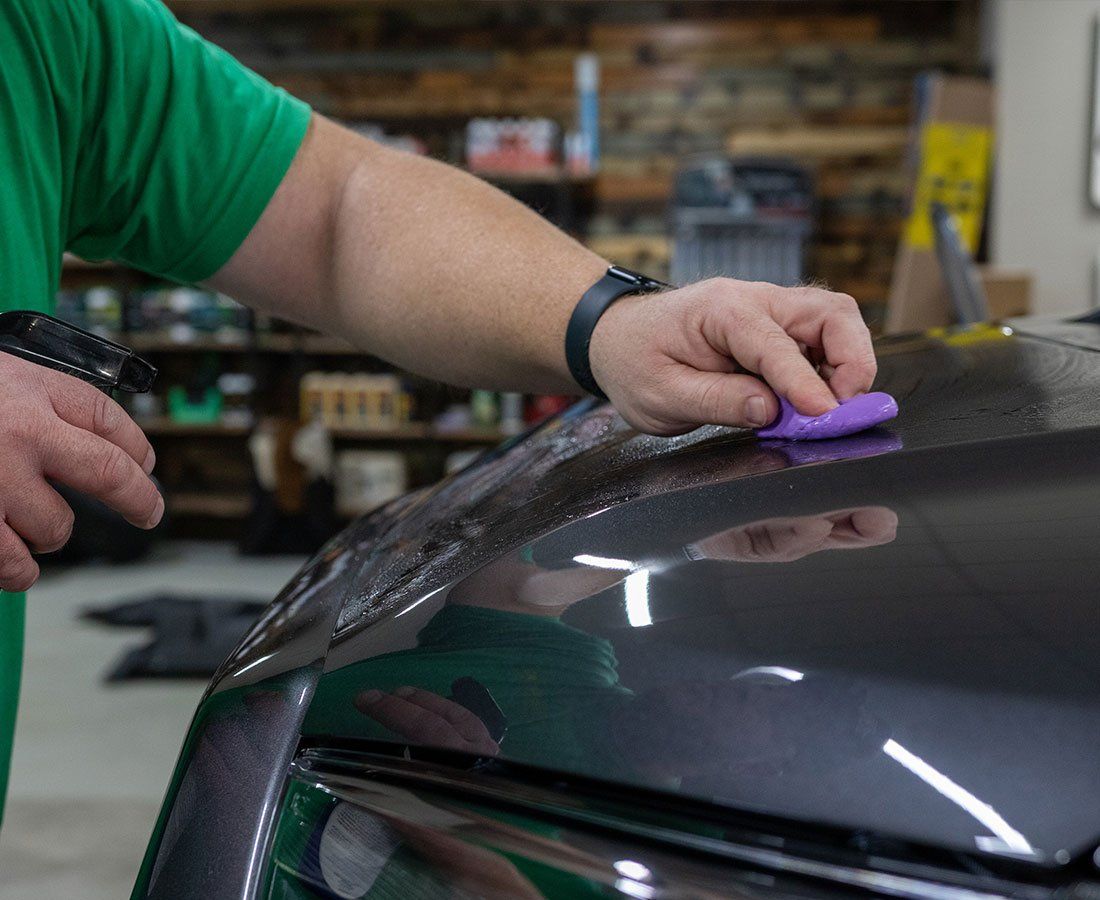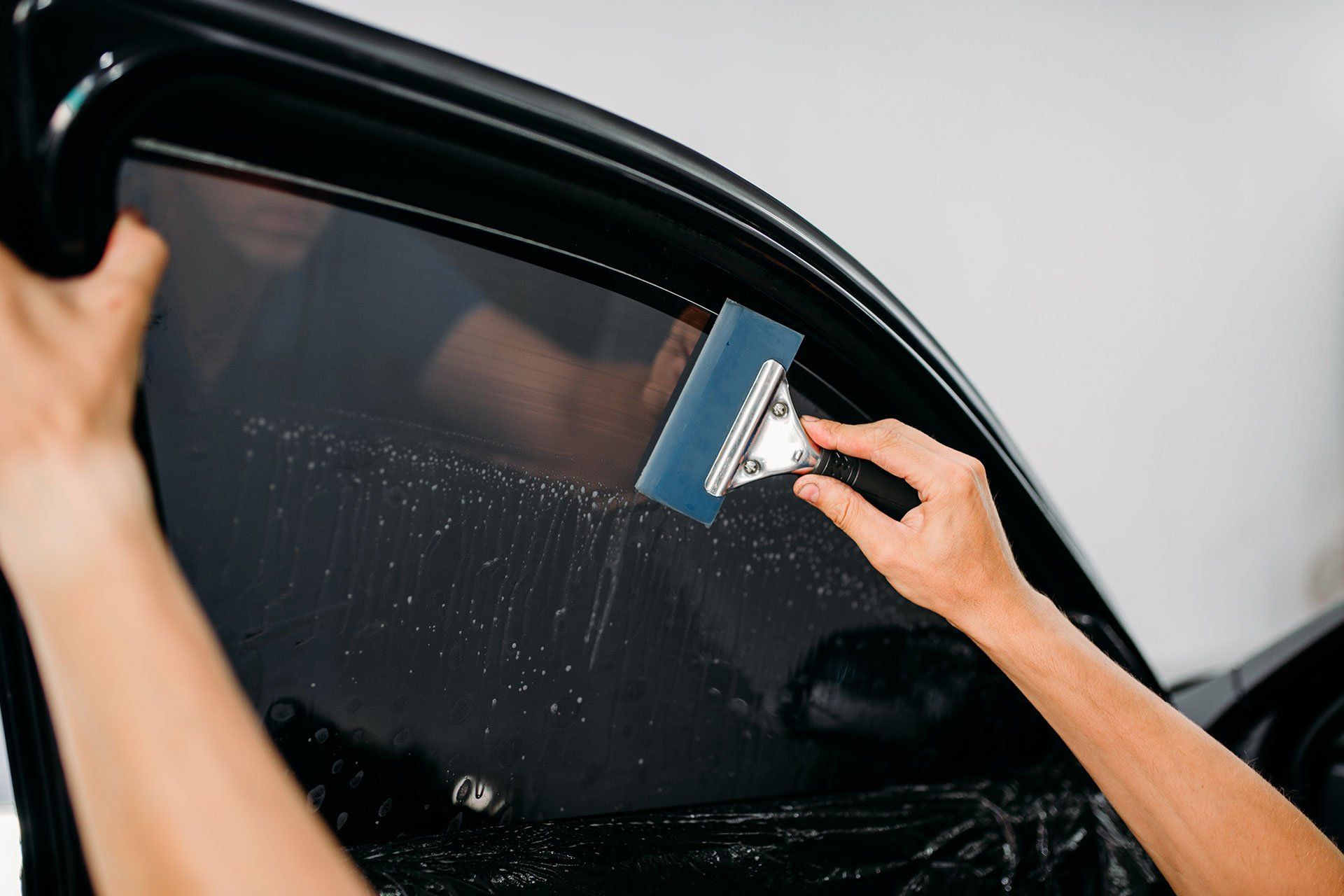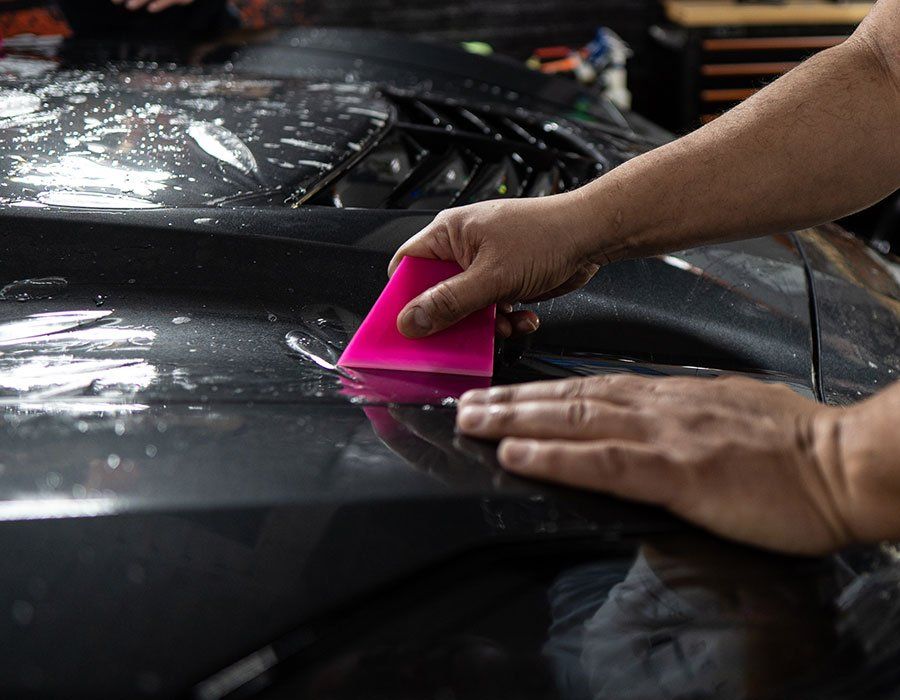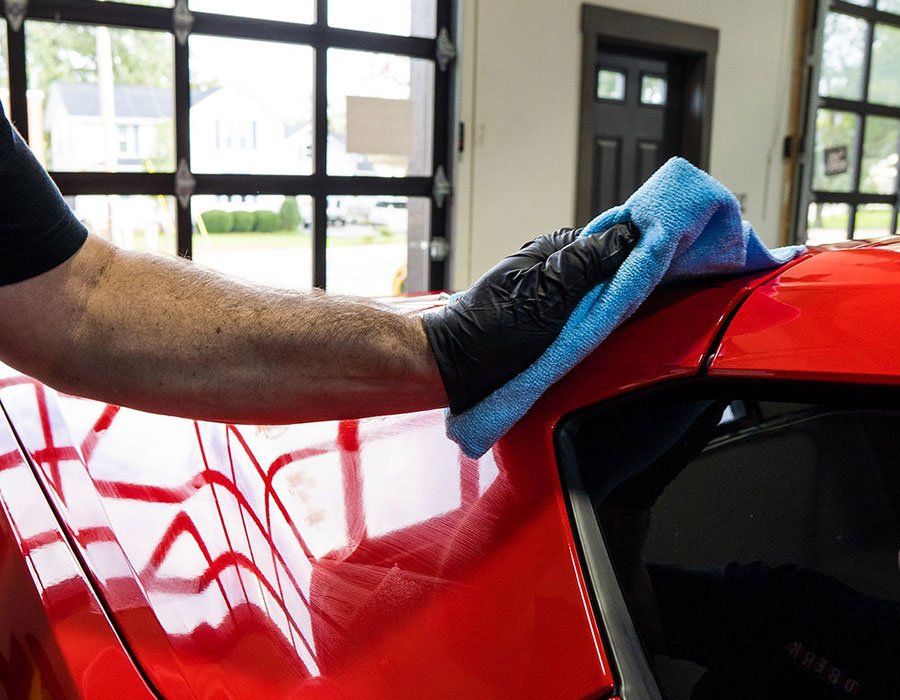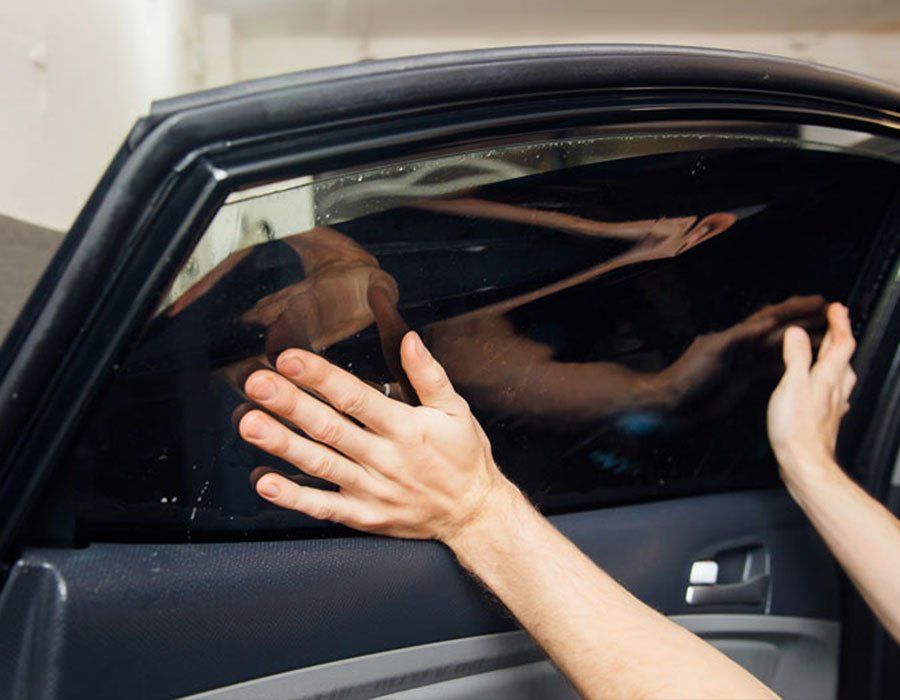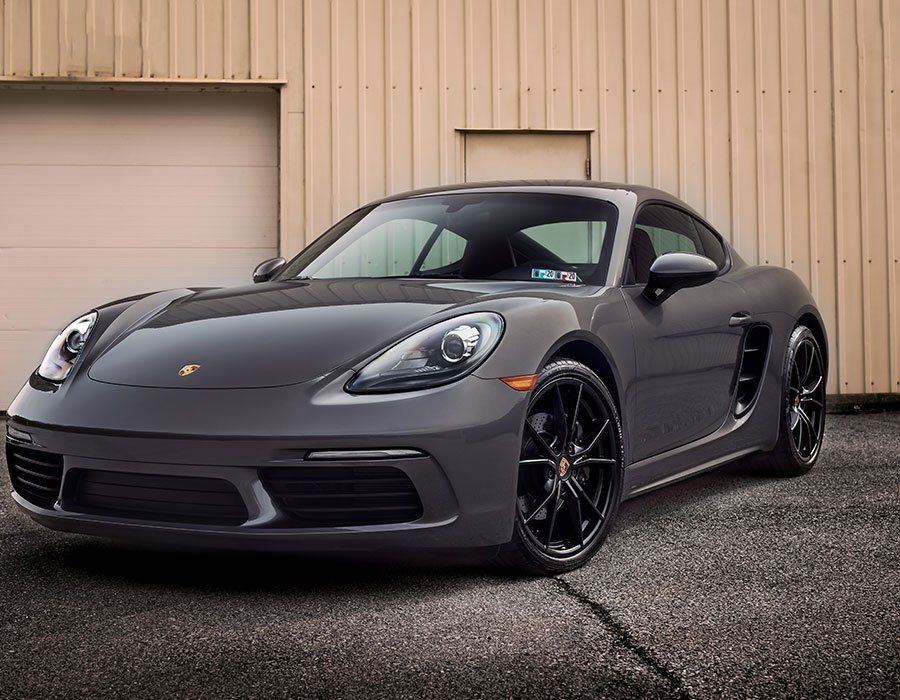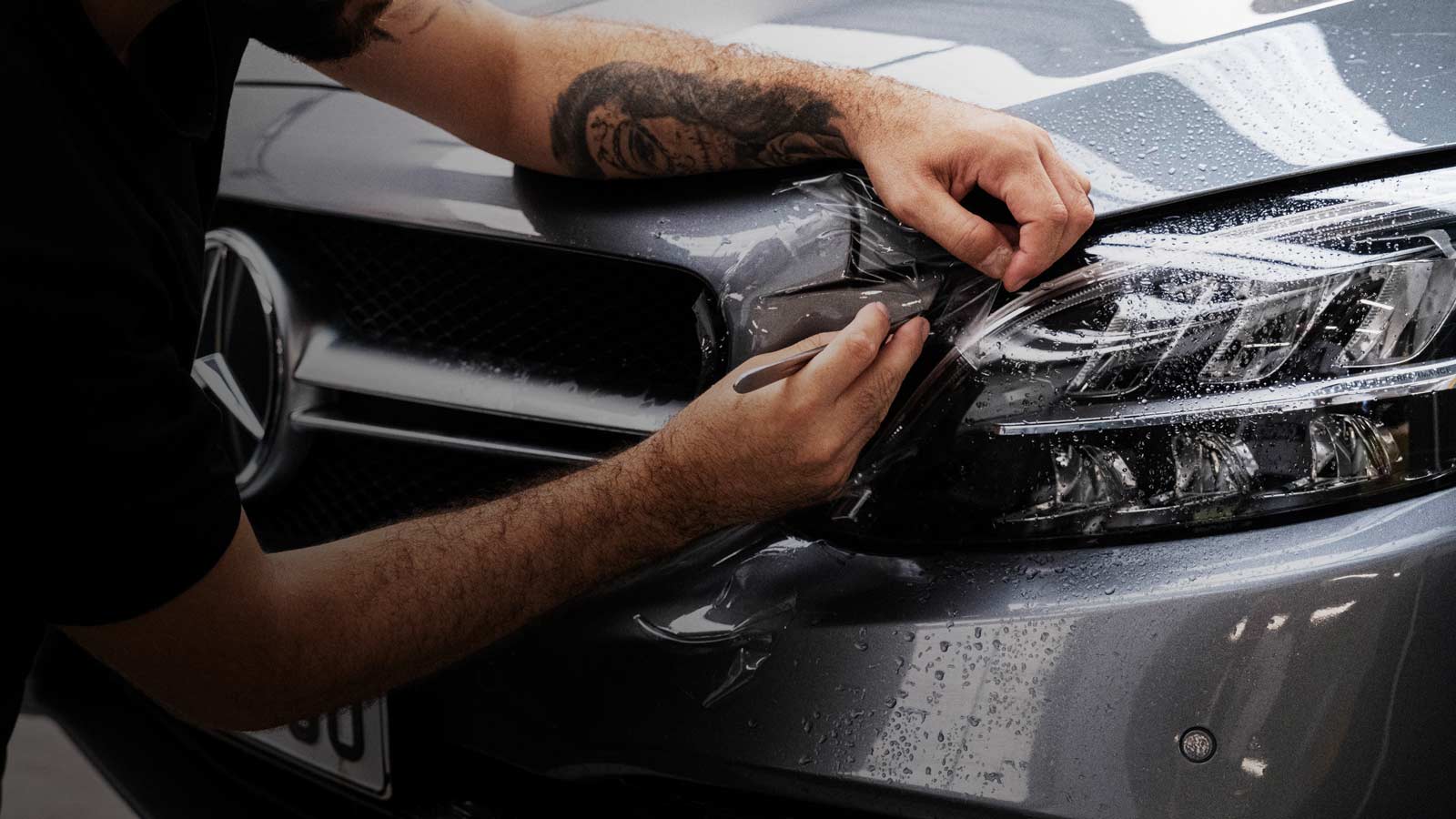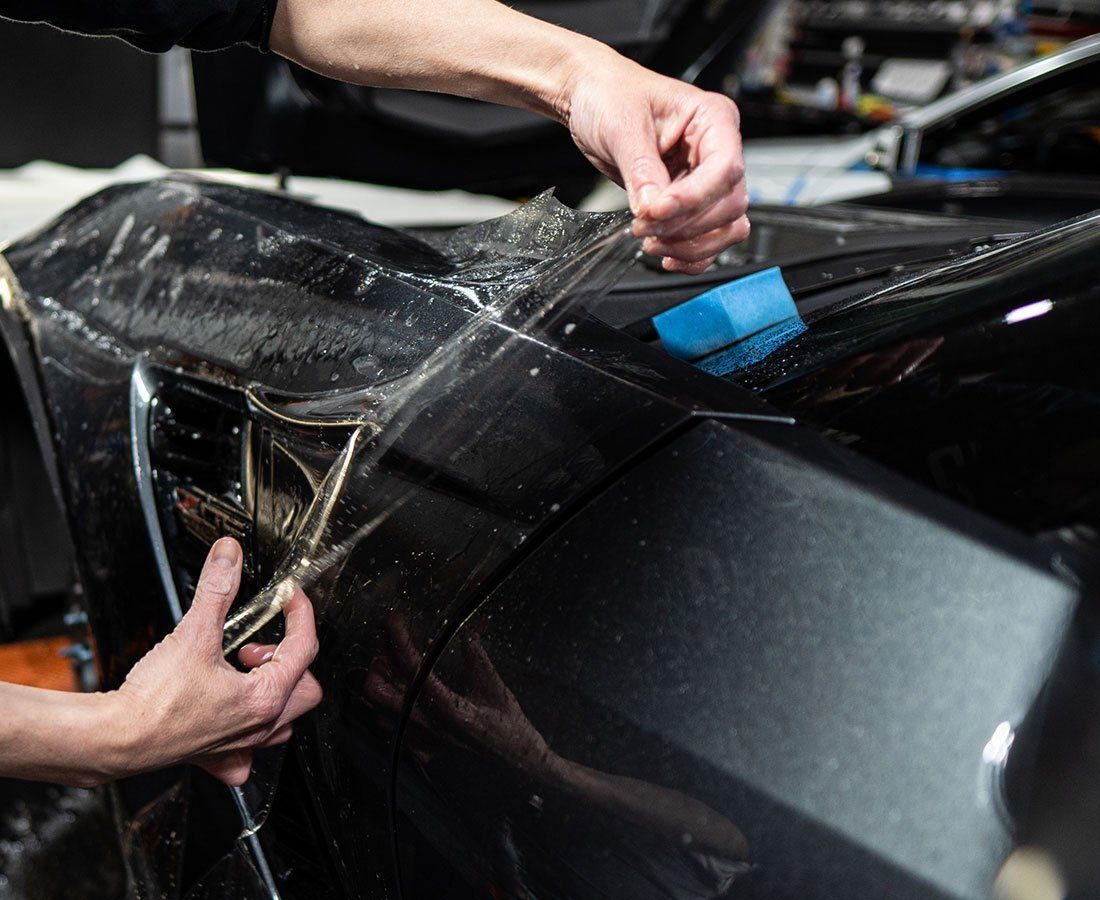In today's era of growing car customization and preservation, paint protection film (PPF) has emerged as the ultimate shield for your beloved vehicle. With scenarios like stone chips, harsh weather conditions, and unfortunate accidental scratches looming around each corner, the need for armor couldn't be more pressing. If you're still on the fence about framing your car in this invisible shield of resilience, read further to discover the top benefits of paint protection film for your vehicle that could save it from these unwelcome intrusions. Prepare to be thrilled with facts that might just put an end to your resistance once and for all!
In addition to shielding your vehicle from stone chips, paint protection film offers several other benefits. It provides a durable barrier against scratches, UV exposure, and harsh weather conditions. The self-healing properties of PPF can effortlessly repair minor scratches or swirl marks. Moreover, PPF offers superior UV protection, prevents clear coat failure and paint oxidation, repels dirt and stains, and enhances the resale value of your vehicle.
Key Benefits of Paint Protection Film
Paint protection film, or clear bra, offers several key benefits that make it a valuable investment for vehicle owners. Whether you have a brand new car or want to preserve the exterior condition of your current vehicle, PPF can provide unparalleled protection. Imagine driving down a gravel road with small stones flying up and hitting the front end of your car. Without PPF, these impacts could leave unsightly scratches and chips on the paint. However, with a paint protection film applied, your vehicle's paint will be shielded from such damage.
One of the primary benefits of PPF is its ability to prevent scratches and stone chips, ensuring that your vehicle's exterior remains in pristine condition. The film acts as a barrier between your car and the road, absorbing the impact of debris and preventing it from causing permanent damage. Additionally, PPF is highly resistant to UV exposure and harsh weather conditions, making it an ideal solution for those living in areas with extreme sunlight or inclement weather.
Damage Prevention
One important benefit of using paint protection film is its capacity to maintain the exterior condition of your car by preventing damage from normal wear and tear. While driving on the roads, you may encounter various hazards such as loose gravel, stones, insects, and other debris that can result in scratches and chips on your car's paintwork. PPF acts as a shield, repelling dirt, grime, and stains and minimizing the likelihood of scratches caused by these elements. Moreover, it has self-healing properties that allow minor scratches or swirl marks to disappear effortlessly over time. This ensures that your vehicle looks newer for longer and minimizes the need for expensive paint repairs or touch-ups.
By investing in PPF and safeguarding your vehicle against potential damage, you are also enhancing its resale value. Potential buyers will be impressed with the well-maintained exterior condition when it comes time to sell or trade in your car and might be willing to pay more. Consider two identical used cars for sale—one with PPF and the other without. The car equipped with PPF would likely attract more attention and potentially fetch a higher price due to its superior condition.
Enhancing Vehicle Resale Value
When it comes to selling your vehicle, maintaining its exterior condition is crucial to attracting potential buyers and securing a favorable resale value. Paint protection film plays a significant role in this aspect, as it acts as a shield against the wear and tear that can occur over time. By applying PPF to your vehicle's exterior, you are effectively preserving its paintwork from scratches, stone chips, and other minor damages that could diminish its aesthetic appeal. This protection not only enhances the overall appearance of your vehicle but also gives potential buyers confidence in its well-maintained condition.
For instance, imagine you decide to sell your car after a few years of ownership. Without PPF, road debris may have significantly harmed the paint on your car, resulting in observable flaws and lowering its appeal. However, if you had installed PPF when you first acquired the vehicle, the film would have acted as a barrier, preventing much of the damage typically associated with daily use. As a result, the paint underneath remains fresh and glossy, increasing the perceived value for potential buyers. By investing in PPF for your vehicle, you are essentially protecting and preserving its exterior paintwork, ultimately enhancing its resale value.
Car Maintenance Ease
Maintaining the appearance of our vehicles can often be an arduous task. From frequent washing to removing stubborn stains and blemishes, it requires both time and effort. Fortunately, paint protection film offers a solution by making car maintenance considerably easier. One of the primary advantages of PPF is its ability to repel dirt, grime, and stains. The film's smooth surface reduces the likelihood of debris getting stuck, making it easier to clean your vehicle. A simple wash with soap and water is often sufficient to remove dirt and bring back the film's glossy finish. Additionally, since PPF is resistant to harsh weather conditions, UV exposure, and chemicals, it eliminates the need for frequent repairs or touch-ups. Traditional waxing can lead to temporary protection and require regular reapplication, but a clear bra provides long-lasting coverage, reducing the need for constant upkeep.
If you're a car owner faced with the challenging task of removing tar splatters from your vehicle's paintwork, without PPF, this could potentially be a time-consuming process involving specialized products and vigorous scrubbing. However, if your car is equipped with PPF, removing the tar becomes a much simpler task. The durable film acts as a barrier, preventing the tar from directly adhering to the paint and making it easier to clean off. By opting for PPF, you'll not only save time and effort in maintaining your vehicle's appearance but also reduce the costs associated with frequent repairs and touch-ups.
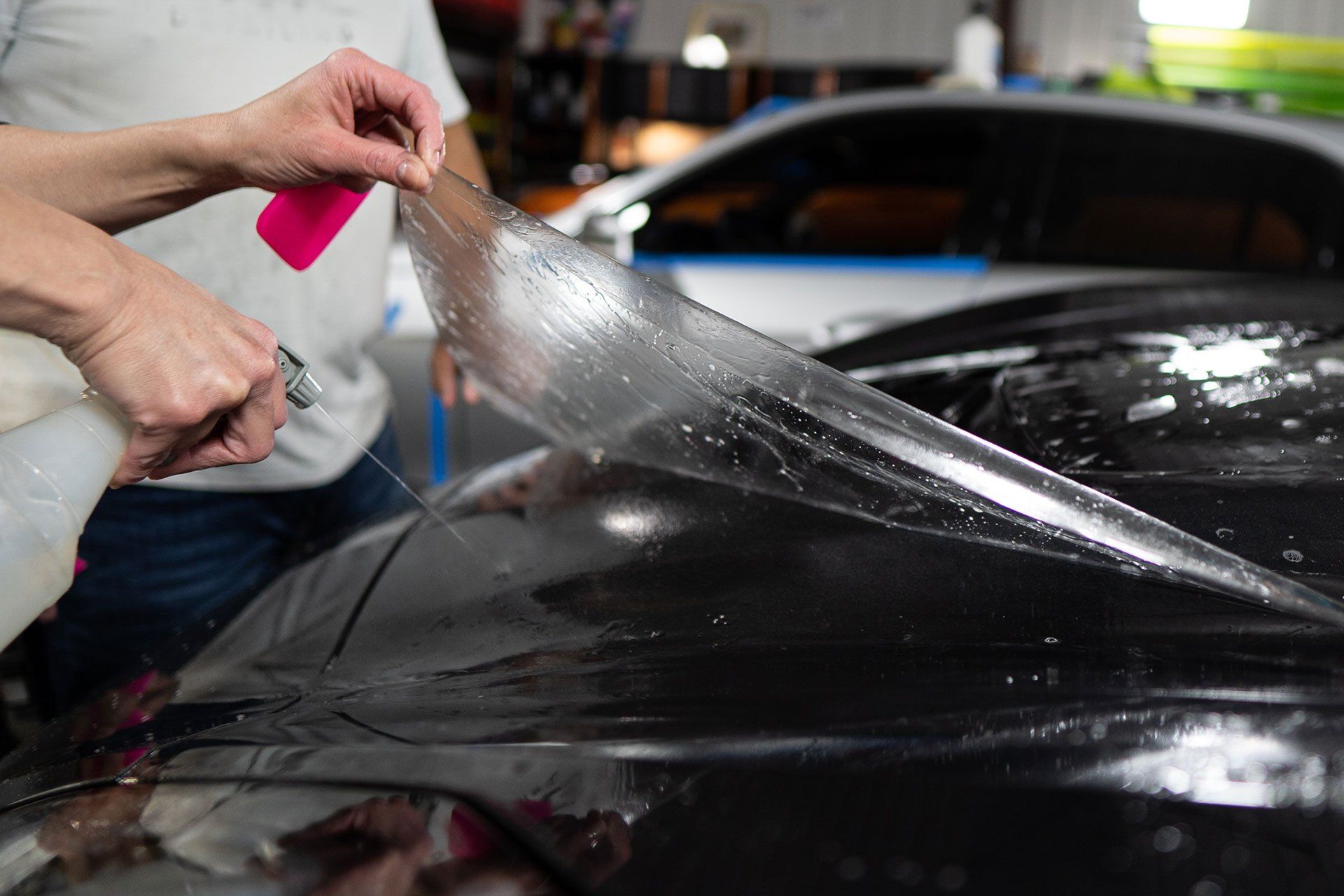
Installation Process for Paint Protection Film
The installation process of paint protection film is complex and requires expertise to ensure optimal results. While some car owners may attempt a DIY installation, it is highly recommended to seek professional assistance for a seamless and effective application. Firstly, professionals will thoroughly clean and prepare the surface of your vehicle before applying the protective film. This step involves carefully removing any dirt, oil, wax, or other contaminants that could interfere with the adhesion of the film. A clean surface is essential for achieving a flawless finish.
Next, the paint protection film is precisely cut and shaped to fit each specific area of your vehicle where protection is desired. This includes the front bumper, hood, fenders, side mirrors, and any other vulnerable areas. The film is carefully laid onto the surface, and professionals use specialized tools to ensure proper alignment and smooth application. Once properly applied, the film is expertly smoothed out to eliminate any air bubbles or wrinkles. This ensures a seamless and unnoticeable protective layer that enhances the appearance of your vehicle while safeguarding it from damage. It's important to note that the installation process can take several hours or even a full day, depending on the extent of coverage and complexity of your vehicle's design. Therefore, it's best to set aside ample time when scheduling an appointment with a professional paint protection film installer.
Choosing the Right Paint Protection Film for Your Vehicle
When it comes to protecting your vehicle's paint from scratches, chips, and other damages, choosing the right paint protection film is crucial. There are various factors to consider before making a decision, ensuring that you select a film that meets your specific needs.
First and foremost, you should evaluate the level of protection you require. Different paint protection films offer varying degrees of thickness, ranging from ultra-thin films designed for everyday wear and tear to thicker films that provide enhanced protection against more severe impacts. Consider the type of driving you do and the conditions your vehicle will be exposed to in order to determine the appropriate level of protection needed. Next, you'll want to assess the clarity of the film. After all, you don't want a protective layer on your vehicle that detracts from its appearance. Look for a film that offers high transparency and excellent optical clarity so that your car's paintwork remains vibrant and visually appealing.
An important aspect to consider is installation. Some paint protection films are designed to be self-healing, meaning they have the ability to repair minor scratches or swirl marks automatically. This feature can help maintain the pristine condition of your vehicle's paint for an extended period of time. Moreover, durability is a vital factor when selecting a paint protection film. You want a film that can withstand daily exposure to external elements such as UV rays, dirt, debris, and even harsh weather conditions. Ensure that the film you choose has good resistance to fading, yellowing, and cracking over time.
Lastly, consider any additional features or benefits offered by certain brands or types of paint protection films. Some films may offer hydrophobic properties, repelling water and making it easier to clean your vehicle. Others may come with anti-stain technology or resistance to chemical substances like bird droppings or tree sap. Assess these extra features to determine if they align with your priorities and preferences. Remember, choosing the right paint protection film is as important as protecting your vehicle's paint itself. By carefully considering factors such as protection level, clarity, installation ease, durability, and additional features, you can select a film that not only safeguards your car's paint but also enhances its overall appearance.
#1 Paint Protection Film Experts in Sarasota, FL
Experience unparalleled protection and aesthetic enhancement with Auto Film Guys, recognized as the
top paint protection film experts in Sarasota, FL. With a steadfast commitment to quality, innovation, and customer satisfaction, our team specializes in the precision installation of premium paint protection films designed to shield your vehicle from chips, scratches, and environmental hazards. Leveraging cutting-edge technology and industry-leading expertise, we ensure seamless application and a flawless finish that preserves your car's pristine appearance. Don't compromise on protection or style when it comes to your vehicle's exterior; trust Auto Film Guys' unparalleled expertise and dedication to excellence. Secure peace of mind and safeguard your investment with Sarasota's leading paint protection film specialists. Schedule your consultation today and experience the superior protection and unmatched craftsmanship that define Auto Film Guys!
The Auto Film Guys Blog
